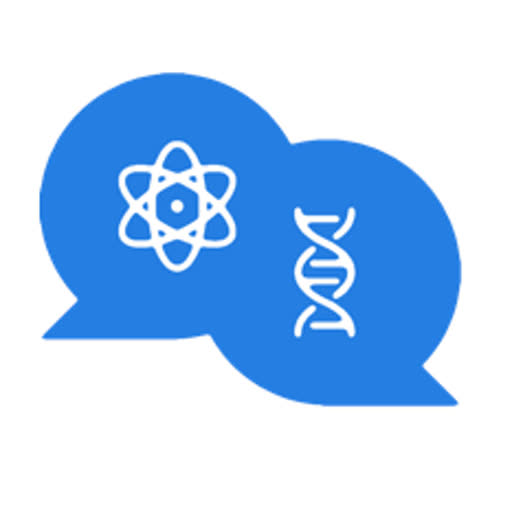Edward Redish
Pedagogical Methods Used
Peer Instruction / Think-Pair-Share, Collaborative problem-solving, Conceptually-oriented activities, Context-rich problems, Ranking tasks, Mathematically-focused activities, Experimentally-focused activities, Tutorials
Life Sciences Focus
Focus on mathematical modeling. Viscous and drag forces, Reynolds’ number; resistive fluid flow; Random motion, Fick’s laws, and the implication of thermal motion for cellular biology; Understanding binding energy and the source of energy in chemical reactions; Entropy, micro and macro-states, and free energy; Energy exchange among mechanical, thermal, and chemical energies; physics in cellular and biochemistry; Interactions of photons with matter and discrete molecular energy levels.
Education Research and Pedagogy Expertise
Cognitive modeling of student thinking, issues in interdisciplinary instruction. Epistemological resources and epistemic games. Use of mathematics in science.
Describe the courses that you teach for life sciences students
Fundamentals of Physics for the Life Sciences I and II (NEXUS Physics): A two semester class for bio and life science majors. Intended to fit in the middle of their program and to interact with it. Biology, chemistry, and calculus, and it is designed to help with physical issues in upper division biology classes. There is an emphasis on molecular and cellular issues rather than on physiology.
What is your approach to teaching physics for life science students?
I focus my IPLS instruction on issues that complement and support the instruction that my students receive in their biology and chemistry classes. This has implications on many levels includes broad issues such as learning how to think with and interpret symbolic equations, to understand thinking about physical mechanism, and to understand science as modeling, and specific issues, such as helping students understand diffusion, fluid flow, chemical binding, and entropy. I teach physics to demonstrate that taking a physics perspective often can provide deeper understanding of what they have learning in biology and chemistry classes.
CONTRIBUTIONS
LOGIN or REGISTER to see 144 more contributions, along with recent activity and contact information.





